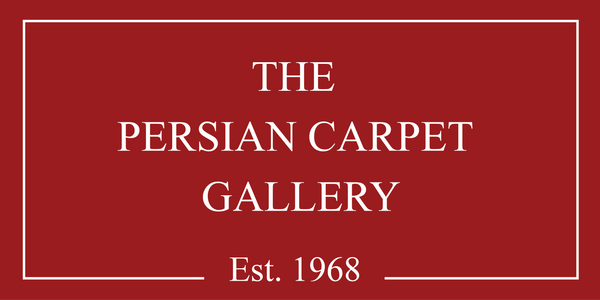Rug Undersides Explained
Have you ever wondered why rug dealers and carpet enthusiasts often flip rugs over to inspect their backs? Here's everything you need to know about the underside of rugs and the importance of examining them while shopping.
Firstly, what's the back of a rug called?
The underside of a rug is simply referred to as the "back." It's also known as the "reverse" side or the "underside," the part that's typically in direct contact with the floor and not meant to be visible.
What insights can you gain by looking at the back of a rug?
Examining the back of a rug can offer valuable information about its construction, quality, and origins. Here are some details you can learn:
- Weaving Technique: The back reveals the weaving technique, such as hand-knotting, hand-tufting, flatweave, or machine-made. Hand-knotted rugs often have intricate patterns on the back.
- Material: You can sometimes identify the fibers used (wool, silk, cotton, synthetic) and their quality by inspecting the back.
- Knot Density: Counting knots per square inch can indicate the rug's quality and design intricacy.
- Pile Height: The back may provide insights into the rug's texture and thickness.
- Origin and Design: Unique marks or design elements on the back can indicate the rug's origin or weaver's signature.
- Quality of Finishing: Well-made rugs have secure bindings and neatly finished edges.

What is a rug backing, and what does it signify?
Some rugs have fabric sewn or adhesive applied to the back for stability and durability, especially in handmade or machine-made rugs.
What do you see when you look at the back of a handmade rug?
The back reveals the weaving structure, knots, material identification, design clarity, finishing details, and may even show the weaver's signature or markings.
Why examine the underside of a rug?
- Diagnostic View: It helps determine the rug's origin and technical aspects of the weave.
- Quality Assessment: Reveals weave quality, knot density, and potential repairs.
- Rug Repair Insight: Detects repairs or restorations that may not be visible from the front.
- Dye Examination: Indicates possible dye disparities or artificial color alterations.
- Age Determination: The texture of the back can suggest the rug's age.
- Design Identification: Shows design elements in a less detailed form.
- Labels or Tags: Provides information about the rug's maker, origin, and care instructions.

Inspecting the back of a rug is essential for understanding its true quality, authenticity, and historical significance. Consulting experts can further enhance your understanding, especially with valuable or antique rugs.
